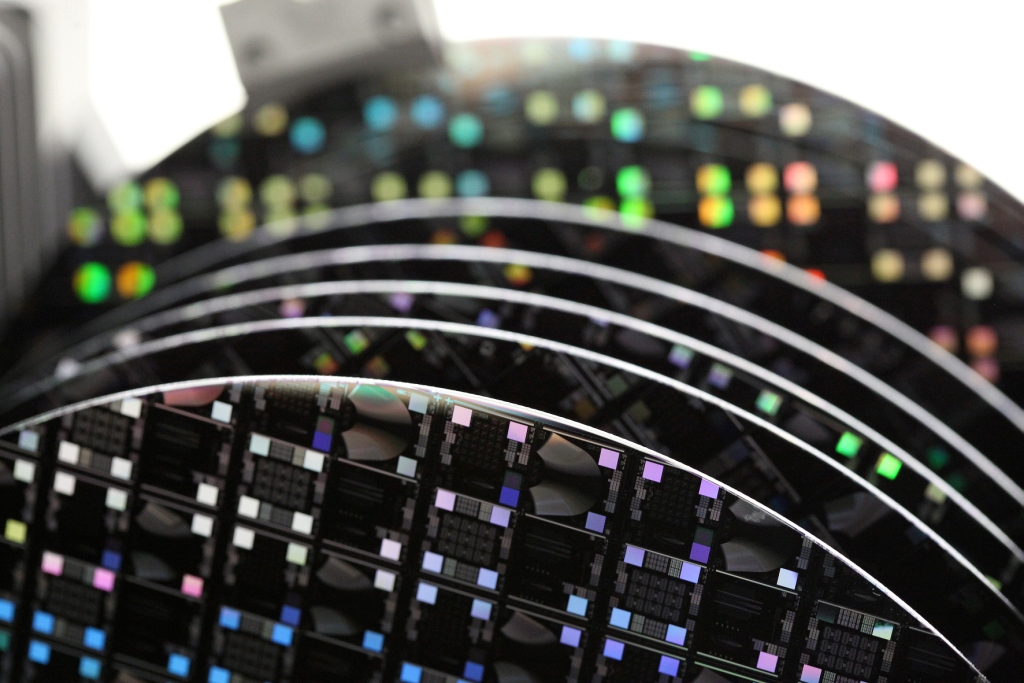Specific Process Knowledge/Lithography: Difference between revisions
| Line 308: | Line 308: | ||
*[http://www.cnf.cornell.edu/cnf_spietoc.html Handbook of Microlithography, Micromachining, and Microfabrication, Chapter 2: E-beam Lithography] | *[http://www.cnf.cornell.edu/cnf_spietoc.html Handbook of Microlithography, Micromachining, and Microfabrication, Chapter 2: E-beam Lithography] | ||
*[http://onlinelibrary.wiley.com/doi/10.1002/9781118557662.ch3/summary Stefan Landis,Lithography, Chapter 3: E-beam Lithography] | *[http://onlinelibrary.wiley.com/doi/10.1002/9781118557662.ch3/summary Stefan Landis,Lithography, Chapter 3: E-beam Lithography] | ||
*[https://www.microchemicals.com/downloads/application_notes.html Application notes] from MicroChemicals GmbH, e.g. [https://www.microchemicals.com/technical_information/lithography_trouble_shooting.pdf Lithography Trouble-Shooter] | |||
| Line 326: | Line 327: | ||
'''<big>Training videos</big>''' | '''<big>Training videos</big>''' | ||
*[https:// | *[https://www.youtube.com/watch?v=3JhM3rmLVpA Training Video: Automatic Spin Coater] | ||
*[https://www.youtube.com/watch?v=_neUkDsQhsM: Training Video: Manual Spin Coater Labspin] | *[https://www.youtube.com/watch?v=_neUkDsQhsM: Training Video: Manual Spin Coater Labspin] | ||
* | *https://www.youtube.com/watch?v=o8IBtfQHNzU Training Video: UV Mask Aligner Part I (Operation)] | ||
* | *https://www.youtube.com/watch?v=rvUuXYgw-xU Training Video: UV Mask Aligner Part II (Alignment)] | ||
* | *https://www.youtube.com/watch?v=fs9DRH0Eo3k Training Video: Automatic Puddle Developer] | ||
* | *https://www.youtube.com/watch?v=btinNzYnLnY Training Video: Manual Puddle Developer] | ||
Playlist on YouTube: | Playlist on YouTube: | ||
*[https://www.youtube.com/watch?v=3JhM3rmLVpA&list=PLjWVU97LayHCX4sz2AH_YiPbNRmkrBYe5 Lithography TPT training videos] | *[https://www.youtube.com/watch?v=3JhM3rmLVpA&list=PLjWVU97LayHCX4sz2AH_YiPbNRmkrBYe5 Lithography TPT training videos] | ||
Revision as of 13:15, 19 March 2020

Feedback to this page: click here
Comparing lithography methods at DTU Nanolab
| UV Lithography | DUV Stepper Lithography | E-beam Lithography | Nano Imprint Lithography | |
|---|---|---|---|---|
| Generel description | Pattern transfer via UltraViolet (UV) light | Pattern transfer via Deep UltraViolet (DUV) light | Patterning by electron beam | Pattern transfer via hot embossing (HE) |
| Pattern size range |
|
|
|
|
| Resist type |
|
|
|
|
| Resist thickness range |
~0.5µm to 20µm |
~50nm to 2µm |
~30nm to 0.5 µm |
~ 100nm to 2µm |
| Typical exposure time |
2s-30s pr. wafer |
Process depended, depends on pattern, pattern area and dose |
Depends on dose, Q [µC/cm2], beam current, I [A], and pattern area, A [cm2]: t = Q*A/I |
Process depended, depends also on heating and cooling temperature rates |
| Substrate size |
|
|
We have cassettes that fit to
Only one cassette can be loaded at a time |
|
| Allowed materials |
|
|
|
|
Equipment Pages
Lithography Tool Package Training
DTU Nanolab offers a Tool Package Training in Lithography; the course includes theory on lithographic processes and equipment, as well as training in equipment operation and processing in the cleanroom.
The course is for all users that intend to perform any kind of lithographic processing in the cleanroom, and is a prerequisite for training in other lithography equipment.
For details, dates, and course material, please check the course description under Courses.
| Lithography Tool Package Training | |
|---|---|
| Schedule |
Theoretical part
Practical part
|
| Location |
Theoretical part
Practical part
|
| Qualified Prerequisites |
|
| Preparations |
Before the "questions and exercises" session
Before training session
|
| Course Responsible |
The Lithography Group at DTU Nanolab lithography@nanolab.dtu.dk. |
| Learning Objectives |
|
Knowledge and Information about Lithography
